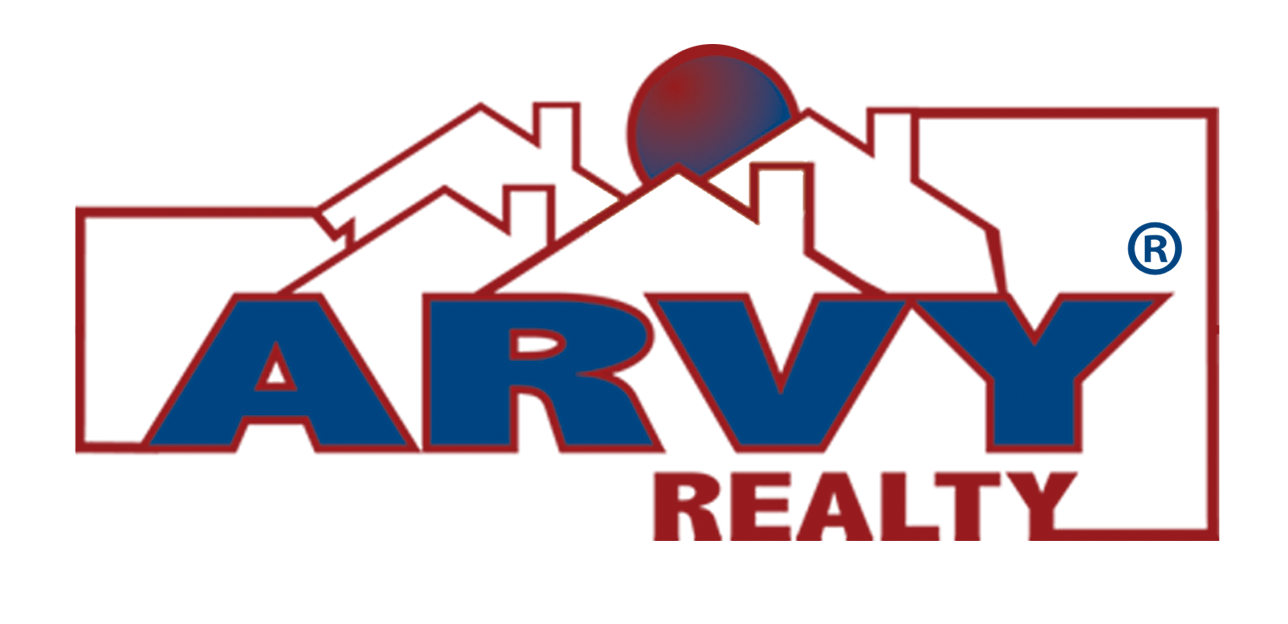
Foreclosure can be a daunting, complicated process, particularly in New York. However, with the right knowledge and understanding, it’s a process that can be navigated smoothly. Here are some essential insights to guide you.
Understanding Foreclosure
Foreclosure is a legal process in which a lender attempts to recover the balance of a loan from a borrower who has stopped making payments to the lender by forcing the sale of the asset used as the collateral for the loan.
Why does Foreclosure Happen?
Foreclosure generally happens when a borrower can no longer keep up with the mortgage payments, leading the lender to seize the property, evict the homeowner, and sell the home.
The Foreclosure Process in New York
Foreclosure in New York follows a specific process governed by state law. Here’s a detailed look at this process:
1. Pre-Foreclosure
The pre-foreclosure phase begins when the borrower fails to make a payment. The lender will typically contact the borrower regarding the missed payment and provide a grace period to catch up.
2. Notice of Default
If the borrower continues to miss payments, the lender will file a public notice with the County Recorder’s Office. This notice of default informs the borrower that the lender intends to sell the property.
3. Notice of Foreclosure
The lender must then provide the borrower with a notice of foreclosure, stating that the property will be sold at auction if the borrower does not pay the outstanding debt plus costs.
The Impact of Foreclosure
Foreclosure can have a significant impact on the borrower’s credit score. It can also result in the borrower losing their home and can make it more difficult to qualify for a new mortgage for several years.
Impact on Credit Score
A foreclosure can significantly lower a borrower’s credit score, which can affect their ability to borrow money in the future.
Losing Your Home
The most immediate impact of foreclosure is the loss of the home. Once a home is sold at auction, the borrower has no legal right to remain in the property.
Preventing Foreclosure
Fortunately, there are several ways to prevent foreclosure, including loan modification, filing for bankruptcy, and selling your home.
Loan Modification
Loan modification involves changing the terms of your mortgage to make the payments more affordable.
Filing for Bankruptcy
Filing for bankruptcy can temporarily stop the foreclosure process and give you time to catch up on your mortgage payments.
Sell Your Home
If you have equity in your home, you might consider selling it to pay off your mortgage.
Final Thoughts
Foreclosure is a complex process that can have significant financial and personal implications. However, by understanding the process and seeking professional advice, it’s possible to navigate this challenging situation.
Remember, it’s always best to act quickly if you’re struggling to make your mortgage payments. The sooner you take action, the more options you’ll have to prevent foreclosure.
“Foreclosure is not the end. It’s just a hard part of the journey.” – Anonymous
